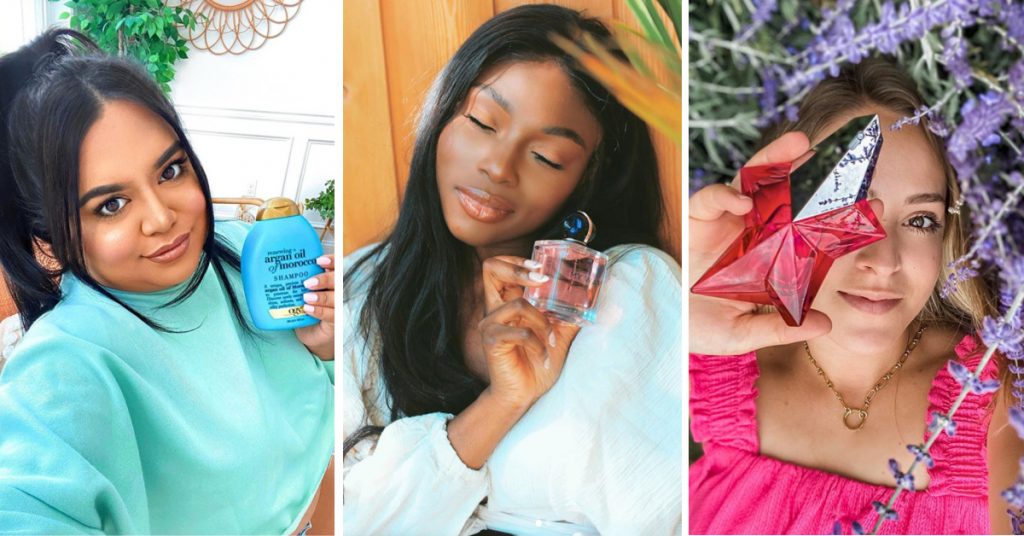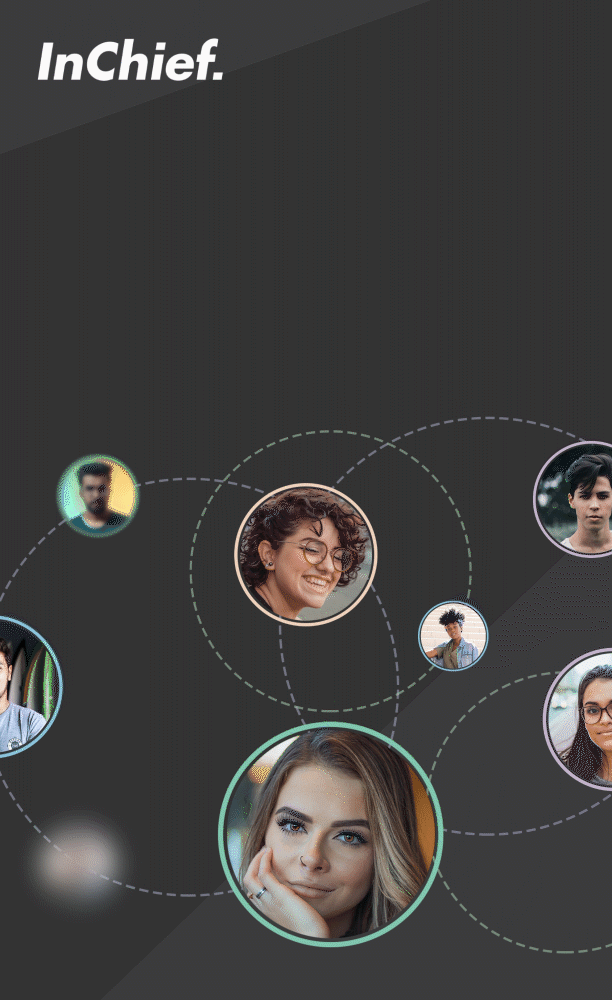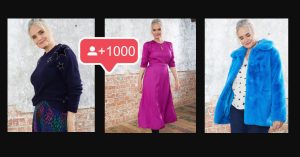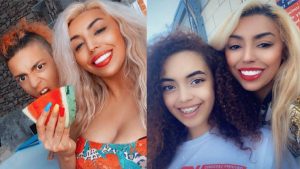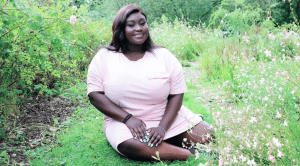[Image: beauty partnerships posted onto Instagram from Nabela Noor, Patricia Bright and Fleur de Force]
It’s not just about your content, it’s also how you network
We all know what being a successful creator can bring: access to A-List talent, the opportunity to travel the world and get exclusive products before anyone else. But how do you get there and get yourself noticed?
Building relationships with brands takes careful laying of groundwork, and then you start to see the first, albeit small, dividends. It’s making the most of any opportunities that come your way or any access you get, no matter how small, and building on it for the future. Here’s how…
Target your dream brands
Emily Davis, Head of PR and Influencer Marketing at Coty, says that brands don’t only look to the really established creators when they’re trying to secure partnerships. If you have a much lower following, you’re still in the running.
“We’ll work all the way through the tiers of different people at different stages of their careers or their creator journey,” she told us. “We have Olivia Bentley on board as an ambassador for Nioxin, and she’s an established personality with a large following already. But equally we work with our our Wella Passionistas, who are more micro influencers but because they’re all professional hairdressers they have the exact audience we’d like to target.”
Every creator, from those just starting out to the mega-established, superstar creator has a wishlist of brands they really want to work with. It might be a brand you’ve used for a long time and feel a close connection with, or it might be a brand that’s just so huge in your community, it’ll make you feel like you’ve “made it”. Whatever it may be, sit down and decide which brands you’d love to work with more than any others, and consider it something of a vision board.
Having clear goals makes things that bit easier to attack and knowing what your own personal dream partnerships are is a great first step. Athletes practice visualising winning events before they hit the track, so why not visualise your own success?
Be patient and professional
Remember, even big-shot editors and content creators sometimes struggle to get what they need from brands. At the end of the day, brands are run by people, and people are sometimes tricky to understand. However, using professional but warm email etiquette and being patient with how quickly you expect replies (it may take days, or even weeks) can help show you in the best possible light.
If you’re being gifted something, you are not obliged to post about it – but of course brands will love it when you do. Unsah Malik, who’s previously held roles in influencer marketing at Rodial and Nip + Fab, agrees. “When I’ve done product send outs to creator before, if they don’t want to post it on their stories it’s so great if the creators just send me an email,” she told us. “Just to say ‘Hey, I love this product, but didn’t love this product so much, thank you for sending it over’. It’s basic manners. A lot of creators don’t realise that a lot of the time, we’re going to eventually pay you but we’re more likely to pay you if you’ve built a professional and nice relationship. I’ve worked for brands and we don’t have budgets at the beginning, but as we begin to grow the influencer marketing scope the budget does eventually come.
Don’t expect brands to immediately send you gifts or invite you to events and make sure you sound grateful for whatever they do send you, even if it’s just a press release. Take the time to reply to emails, be positive and try to build a rapport. People like working with people they get on with – so it’s in your best interests to try and build a relationship with the people at the brand, as well as the brand itself. Reply to whatever they send you, do your best to attend anything you’re invited to and show some willing. You never know where it may lead you.
Do your brand homework
Beauty has its fair share of indie brands, but more brands than you’d think are owned by a big conglomerate. L’Oreal, Estee Lauder, Coty, Shiseido, Unilever and Proctor & Gamble are some of the real heavyweights: for example, L’Oreal owns everything from Maybelline and Essie to Viktor & Rolf fragrances, Giorgio Armani cosmetics and Kerastase haircare. Estee Lauder owns Tom Ford, La Mer, Bumble & bumble, BECCA and Aveda to name a few, Shiseido has NARS, bareMinerals, Cle de Peau and Dolce & Gabbana Beauty among others, while Coty has everything from Clairol to Max Factor, while Unilever and P&G have lots of drugstore brands. (Kendo, likewise, has Fenty Beauty, Marc Jacobs, Sephora…) All of this information is publicly available on the companies’ websites, so make sure you brush up on who owns what for when you’re ready to get in touch.
Know your agencies from your in-house
PR in beauty usually takes one of two routes: in-house PR, or agency PR. An in-house PR (or press office) is common with one of the big multibrands like L’Oreal for example. Depending on the size of the brand, someone you speak to in-house might work on just one brand, or they might have multiple brands under their belt. This means the work for the parent company, so L’Oreal in this instance, and those brands are their unique focus.
The other option is agencies. Sometimes, brands that aren’t established enough to employ their own press office will use an agency instead. Just because they’re not in-house doesn’t mean the brand isn’t successful, mind! Some brands develop such good relationships with their PR agency that they keep them even when they’re crushing it in big department stores and with A-List talent. Some of the big beauty agencies include Karla Otto, SEEN Group and The Communications Store. If you’re talking to someone from one of these agencies, they’ll usually have around five or six brands as clients, and they’re employed by the agency, not the brand.
Get yourself on the radar
Every time you do a post or video, tag the brand. They might not respond every time, but they will take notice if you’re tagging them in good quality, engaging content. That’s not to say you should tag them in every single selfie, but if you feature a brand in a haul or video, make sure to tag them and let them know. Once should be enough – no need to tag every time you re-promote the content. Likewise, interact with their content on social media from time to time so their social media team starts to recognise your handle. This is a great way to build a gentle rapport over time, and the brand will take notice and refer you up the ladder if you continue to produce great content with their products. If you create something you’re really proud of, you can even email a link to someone who works with the brand so they can see it, too.

